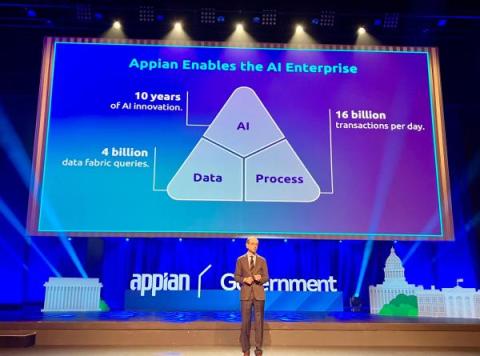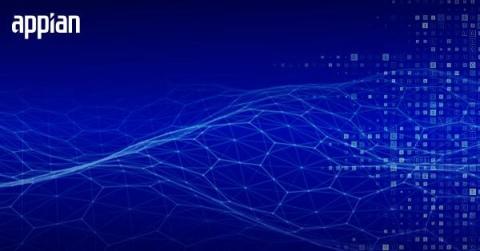5 Generative AI Use Cases You Need to Apply to Your Processes
Ready to implement generative AI in your business processes? Starting with the right generative AI use cases is key to your success. You’ll want to find areas where you can achieve quick wins as you grow toward your larger AI vision. In this article, we’ll highlight five use cases where you can incorporate generative AI for increased process efficiency.











